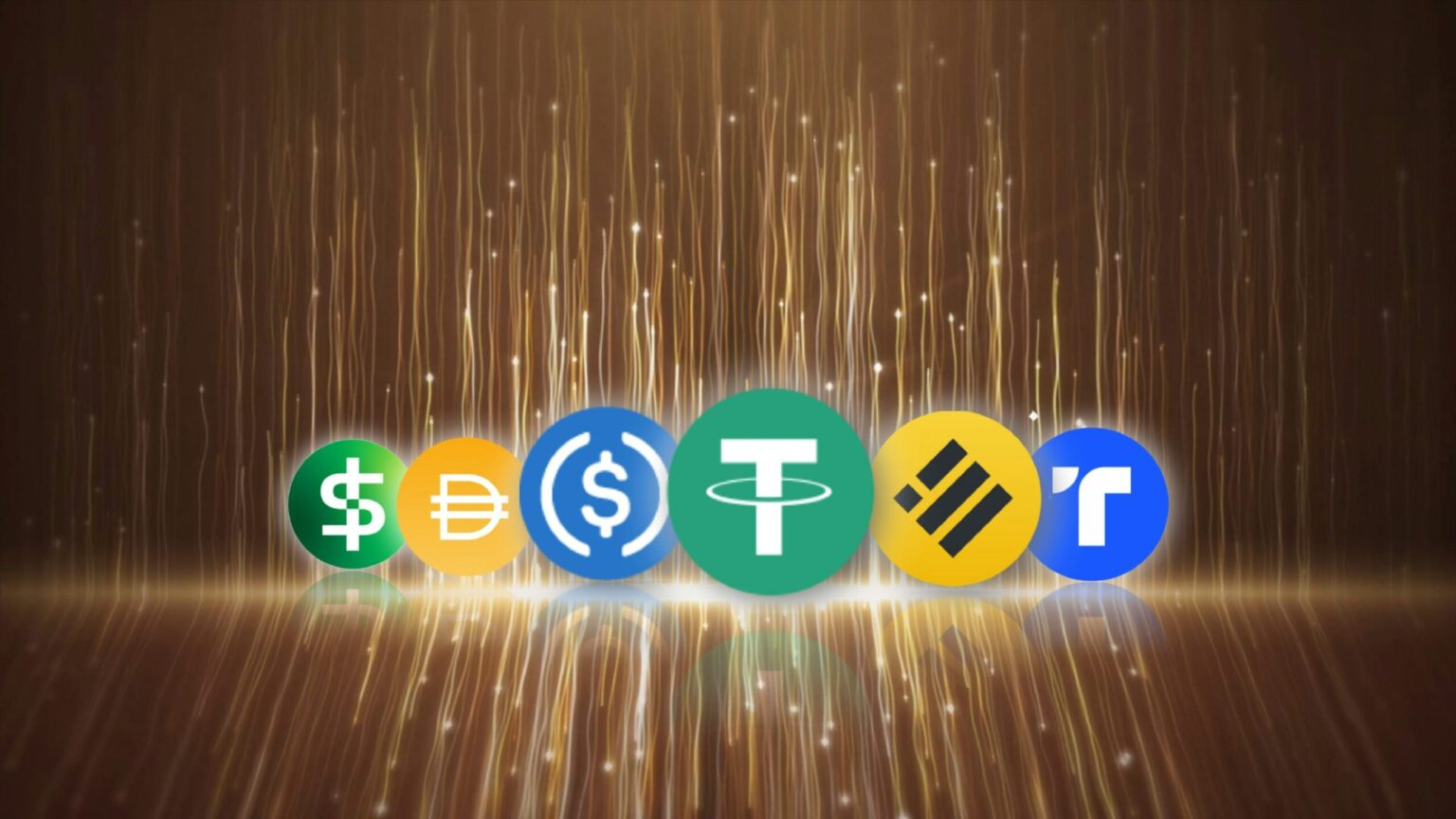In the dynamic landscape of digital finance, stablecoins are emerging as revolutionary instruments, poised to redefine how transactions are conducted online. Comparable to the transformative debut of the iPhone in 2007, stablecoins are rapidly gaining traction among developers, major retailers, and fintech firms. This growing interest reflects a broader movement toward programmable digital dollars that promise to alter conventional financial ecosystems.
The Revolutionary Rise of Stablecoins: The Digital Dollar Evolution
As stablecoins capture the attention of industry leaders, retail giants such as Walmart and Amazon are exploring the potential of launching their own US dollar-backed digital currencies. This strategic shift highlights the increasing relevance of stablecoins across global commerce networks. Concurrently, Shopify has innovatively integrated USDC, allowing merchants to accept stablecoins through Shopify Payments and Shop Pay. This move illustrates a pivotal step towards embedding stablecoins in everyday online transactions.
### The Retail Giant’s Foray into Stablecoins
Retail industry titans are at the forefront of the stablecoin revolution, with Walmart and Amazon evaluating the feasibility of proprietary digital currencies pegged to the US dollar. This strategic exploration signifies an essential milestone as stablecoins enter mainstream consciousness, offering merchants and consumers a new paradigm for seamless financial interactions.
Meanwhile, Shopify’s proactive stance on stablecoin adoption, facilitated by a collaboration with Coinbase, exemplifies the transformative potential of stablecoins in e-commerce. The introduction of USDC acceptance via smart contracts is set to pioneer a new era in digital payments, allowing for faster and more secure transactions within the Shopify ecosystem.
### Development Community and Technological Barriers
Despite the growing momentum, many developers remain cautious, awaiting further advancements in supportive technology and regulatory clarity. As Circle CEO Jeremy Allaire points out, the transition to widespread adoption of programmable digital currencies necessitates comprehensive software development kits and well-defined legal frameworks. These advancements are crucial for transitioning stablecoins from theoretical constructs to practical tools of trade and commerce.
### Market Milestones and Financial Implications
Stablecoins have already demonstrated impressive transaction volumes, processing approximately $33 trillion in the past year alone—an astounding figure that dwarfs traditional payment systems like PayPal and Visa. This surge indicates robust demand and paves the way for broader crypto adoption, potentially onboarding millions into the digital currency space.
Circle’s recent successful debut on the New York Stock Exchange has underscored the investment world’s faith in stablecoin technology. The exceptional market response, which saw stock prices soar over 160% on the first day, signals lucrative opportunities for investors prepared to embrace this financial innovation.
### Conclusion: Unleashing the Potential of Stablecoins
The emergence of stablecoins as a formidable financial instrument is reshaping the economic landscape, promising enhanced transaction efficiency and broader accessibility to digital finance. As the market matures, stablecoin platforms must address current technological and regulatory challenges to ensure seamless integration into the global financial system. With strategic advancements, stablecoins are poised to unlock unprecedented opportunities in the digital economy.
### FAQs
What exactly are stablecoins, and how do they function?
Stablecoins are a type of cryptocurrency designed to maintain a stable value by pegging their worth to a reserve asset, usually a currency like the US dollar. This stability helps mitigate the volatility often seen in other cryptocurrencies.
Why are major retailers interested in stablecoins?
Major retailers see stablecoins as a way to simplify transactions, reduce costs, and offer customers a secure and efficient payment method. By integrating stablecoins, retailers can provide faster settlement times and minimize transaction fees compared to traditional payment systems.
Will stablecoins replace traditional payment methods soon?
While stablecoins offer significant advantages, such as reduced volatility and improved transaction efficiency, their widespread adoption involves overcoming technical, regulatory, and market-related challenges. They are currently a complement to, rather than a replacement for, traditional payment methods.
Are stablecoins a safe investment?
Stablecoins are generally considered less volatile than other cryptocurrencies due to their pegged nature. However, like any financial instrument, they carry risks, including regulatory changes and the potential for issuer default. Investors should conduct thorough research and consider diversifying their portfolios.

